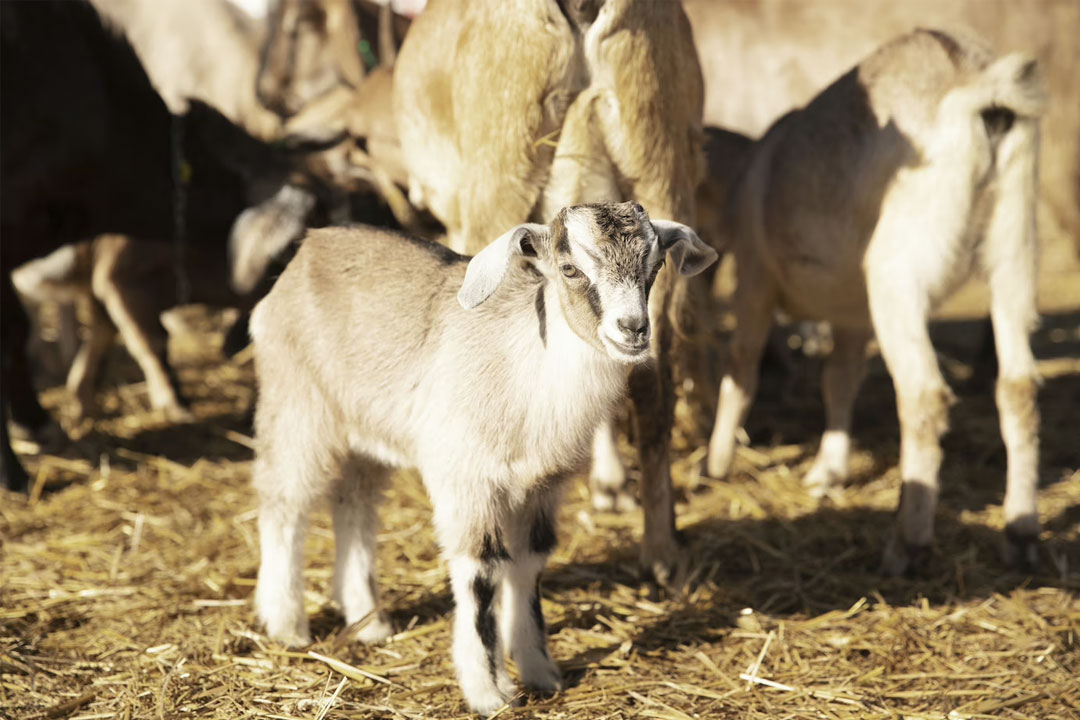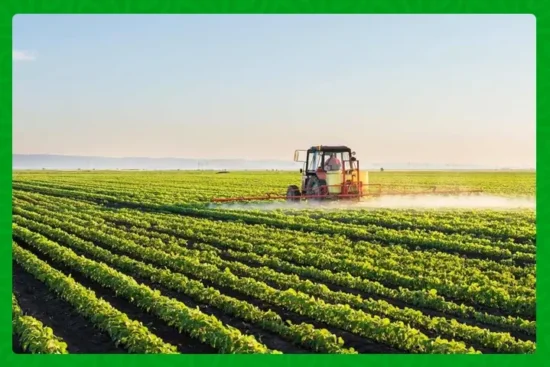
In a landmark move to boost cattle and goat production across Zimbabwe, the Zimbabwe Commercial Farmers Union (ZCFU) today announced the rollout of a nationwide artificial insemination programme. Designed in collaboration with the Ministry of Lands, Agriculture, Water, Fisheries and Rural Development and key stakeholders, this initiative aims to lift productivity in communal areas where herds have stagnated for over a decade.
Agricultural Innovation Meets Rural Needs
For generations, many of Zimbabwe’s 677 692 farming households have struggled with low-yield indigenous herds and traditional breeding practices. According to ZCFU Matabeleland North vice-chairperson Clive Munakandafa, the national cattle herd has hovered between five and 5.5 million head since the early 2010s, while the goat population of 4.8 million is dominated by low-performance local breeds. Recurring droughts, disease outbreaks and limited investment in animal husbandry have deepened this productivity plateau.
“By introducing superior genetics through artificial insemination for both cattle and goats, we aim to unlock hybrid vigour, higher milk and meat yields, and resilience to climate pressures,” Munakandafa told NewsDay Farming. “This programme is not just a technical fix, it is about transforming livelihoods.”
Three Pillars of Success
The ZCFU plan rests on three strategic pillars:
- Superior Genetics
Semen from Brahman, Boran and Beefmaster bulls will be used for cattle, while Boer and Saanen genetics will improve goat herds. These breeds are celebrated for rapid growth, robust health and excellent production metrics. - Reproductive Efficiency
Structured breeding cycles and timed insemination protocols will optimise conception rates. Farmers will learn to manage heat detection and pregnancy monitoring, ensuring that each breeding season delivers maximum impact. - Capacity Building
A mix of online webinars and hands-on workshops will equip farmers with skills in insemination techniques, herd management, fodder production and basic veterinary care. “When you pair technology with knowledge, you see real change in the field,” Munakandafa says.
Aligning with Rural Development 8.0
This programme dovetails with the government’s Rural Development 8.0 agenda, which seeks to create agricultural innovation hubs and spur rural enterprise. By empowering communal farmers to adopt commercially viable practices, the initiative supports the national mantra of Food Security Everywhere, Everyday. It also addresses gender equality, as women head over 60 percent of smallholder households and stand to benefit from new income streams.
Overcoming Long-Standing Barriers
Communal areas, which hold more than 80 percent of Zimbabwe’s national herd, have long faced barriers such as poor access to quality breeds, inadequate veterinary services and weak market linkages. The ZCFU programme will deploy mobile insemination teams to reach remote communities, reducing travel distances for farmers. Bulk procurement of veterinary supplies and coordinated distribution of semen straws will cut costs and streamline logistics.
A Ripple Effect on Rural Economies
Improved herd genetics not only increases milk and meat output, it also generates by-products such as hides and manure. Higher yields translate to stronger household incomes, better nutrition for children and increased spending power in local markets. Over time, these gains can bolster feeder industries—from feed mills to transport services—creating a virtuous cycle of rural growth.
Early Success Stories
Pilot trials in Matabeleland North have already yielded encouraging results. Farmers who participated in the initial trial reported conception rates above 60 percent and a 25 percent increase in average daily weight gain among calves. Goat keepers recorded a 30 percent rise in milk production during peak lactation.
One beneficiary, Ms. Thandiwe Sibanda from Lupane, notes that her improved doe gave birth to twins for the first time. “My milk sales have doubled, and I can afford school fees without borrowing,” she says. Stories like these underscore the transformative potential of combining science with community engagement.
Looking Ahead
With the formal launch at the recent National Livestock Conference in Bulawayo, the ZCFU artificial insemination programme is set to reach all ten provinces by the end of 2025. Continuous monitoring, data collection and farmer feedback will guide adjustments and ensure sustainable impact.
As Zimbabwean livestock farmers embrace this new era of modern breeding, the promise of healthier herds, increased incomes and stronger rural economies comes into clear focus. The message from the ZCFU is simple but powerful: when farmers and innovation unite, entire communities thrive.
By Ashton Ndakusiya from Newsday
Stay updated with the latest farming tips and agriculture industry news from Africa by subscribing to our newsletter. Don’t miss out on valuable insights and updates. Follow us on Twitter, LinkedIn, and Facebook to join our farming community and stay connected with us.


















